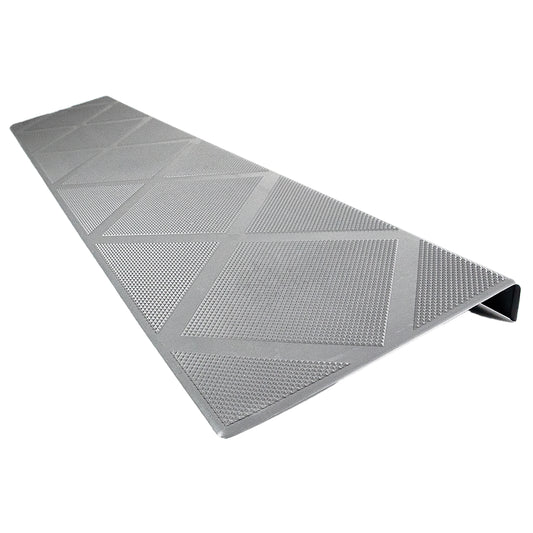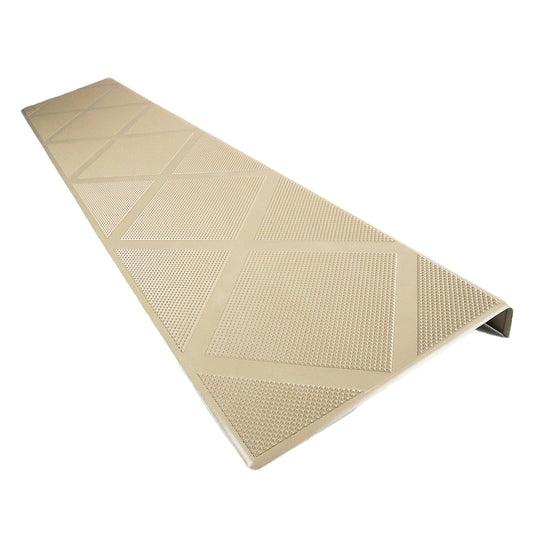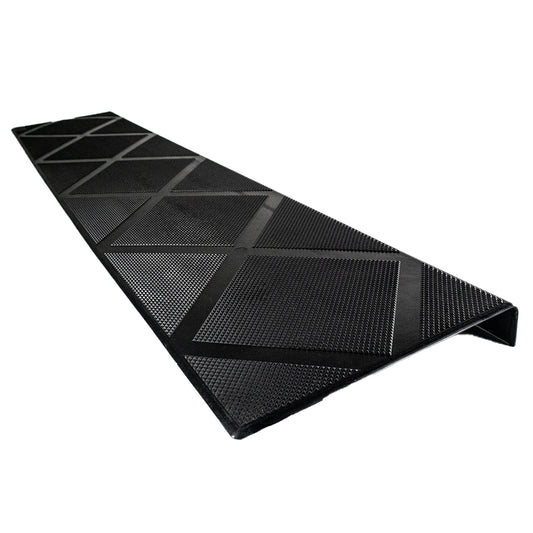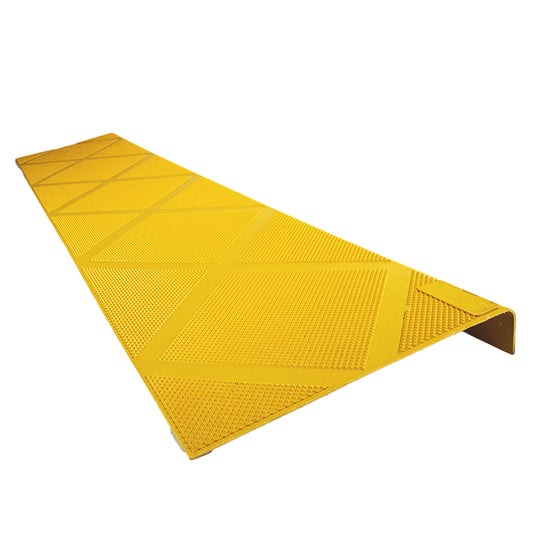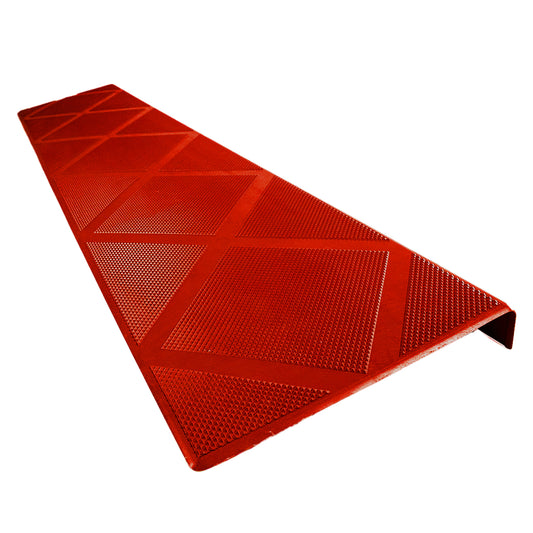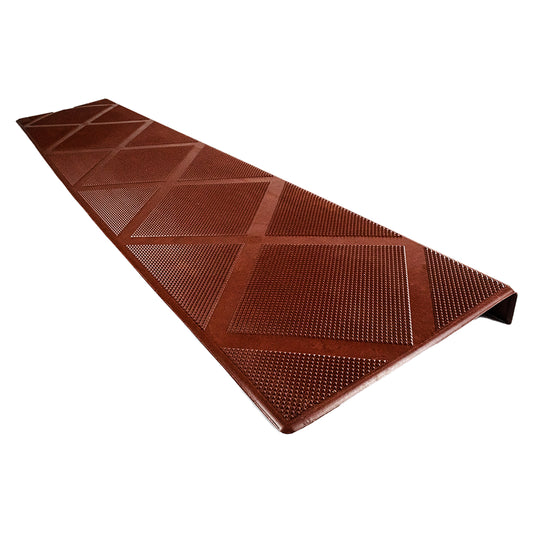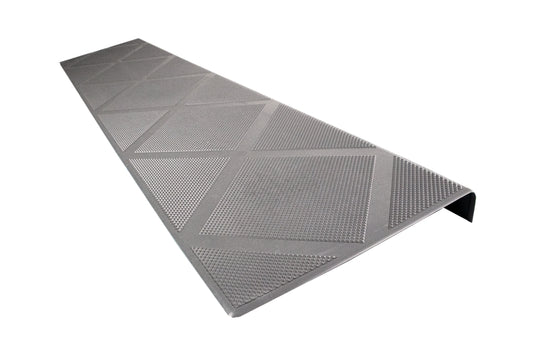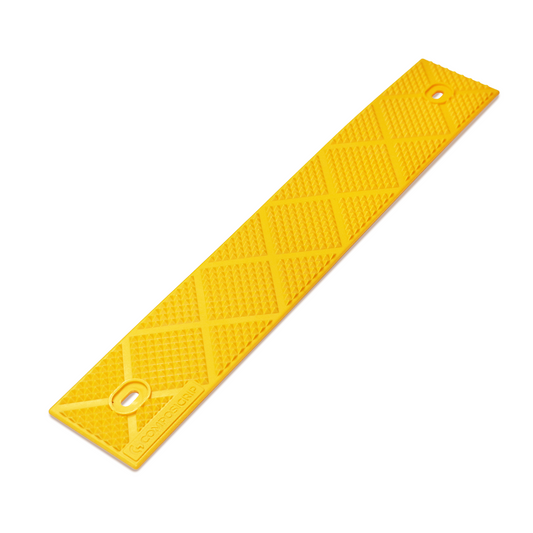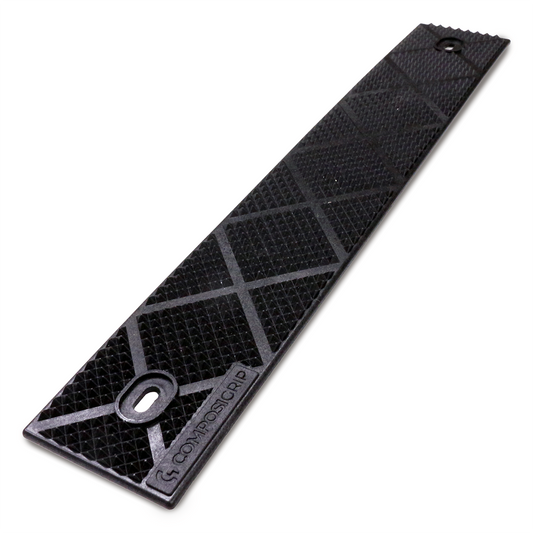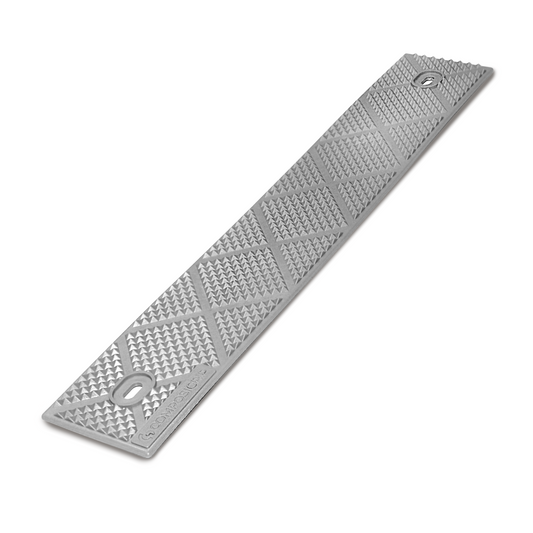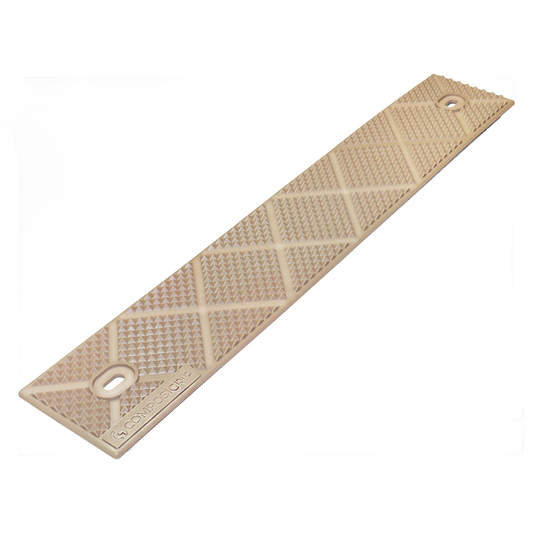Very pleased with the quality of these non slip treads. During inclement weather, our wood stairs can send us on a triple Salchow for which I do not have the skills or training, resulting in an undesirable tumble and flop. Avoiding 911 calls and someone else brushing my hair for me, is the going to be the outcome with this grippers under foot.
They arrived quickly and they look good. They have not been installed yet until November so I can not yet comment on how well that goes. Until then I have to go with 4 stars and reserve 5 stars if all goes well.
The roof drips on my rear wooden stair treads requiring replacement. If the composite covers work as intended I will be very happy. Meanwhile they fit right and look good.
“It’s a great product and we’re very happy with it. There were no falls by elderly visitors at our December(2010) commencement. It was worth every penny!”
This customer chose to rate the product and not provide text.

